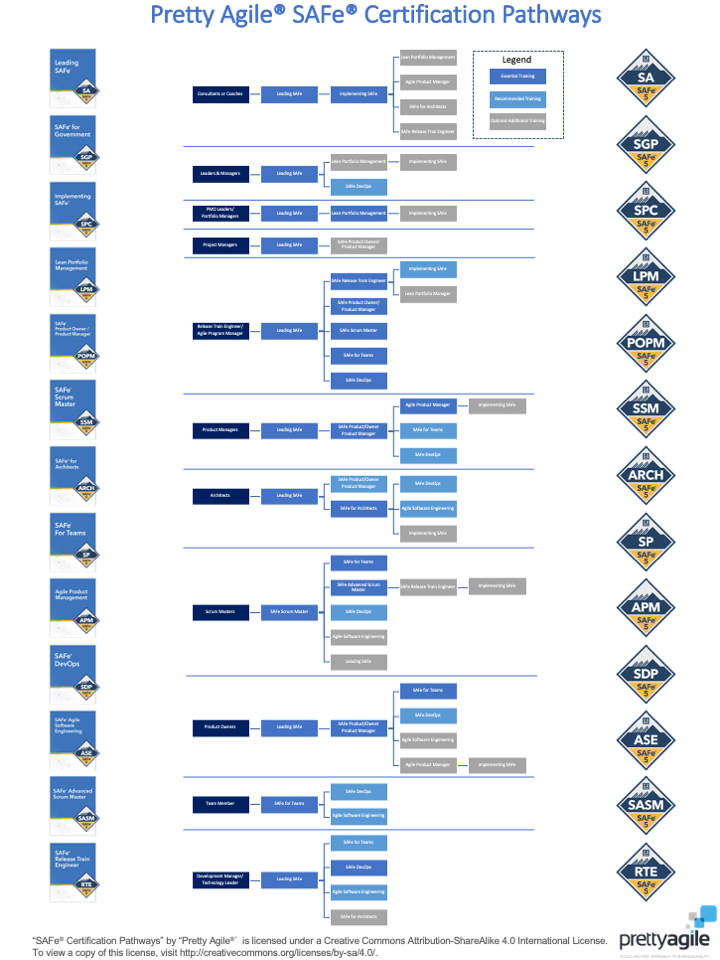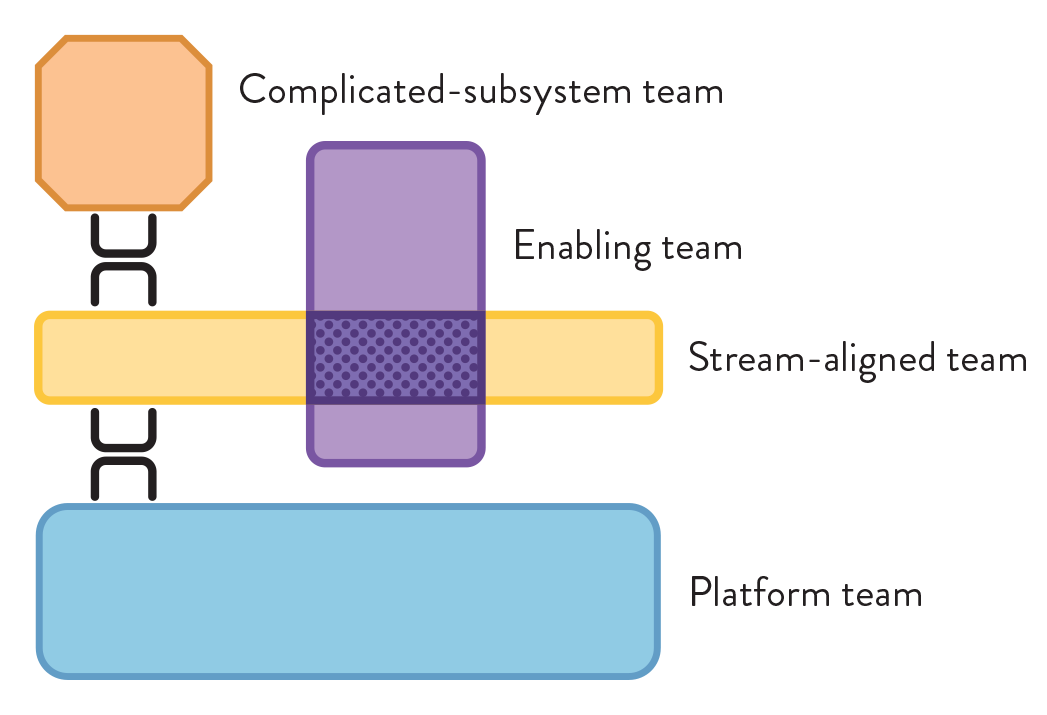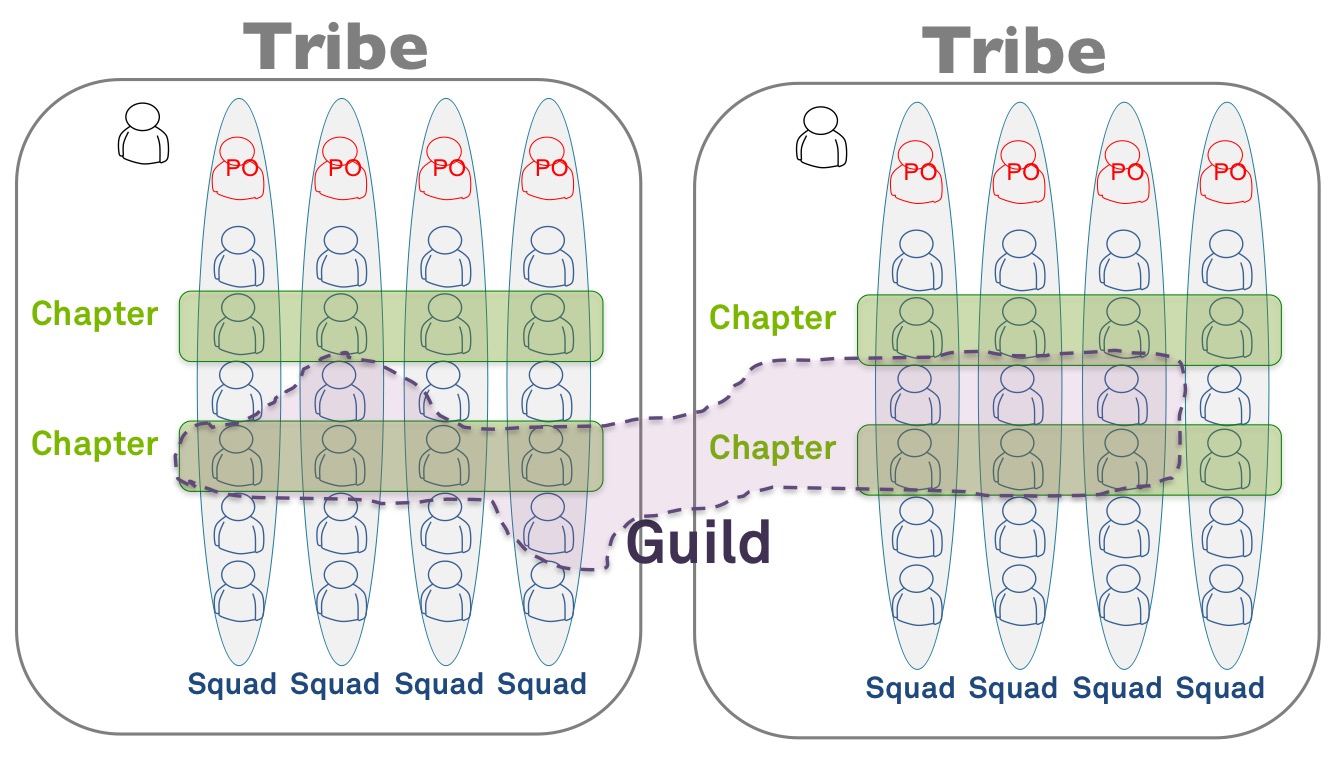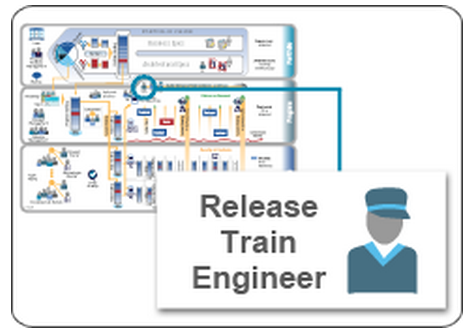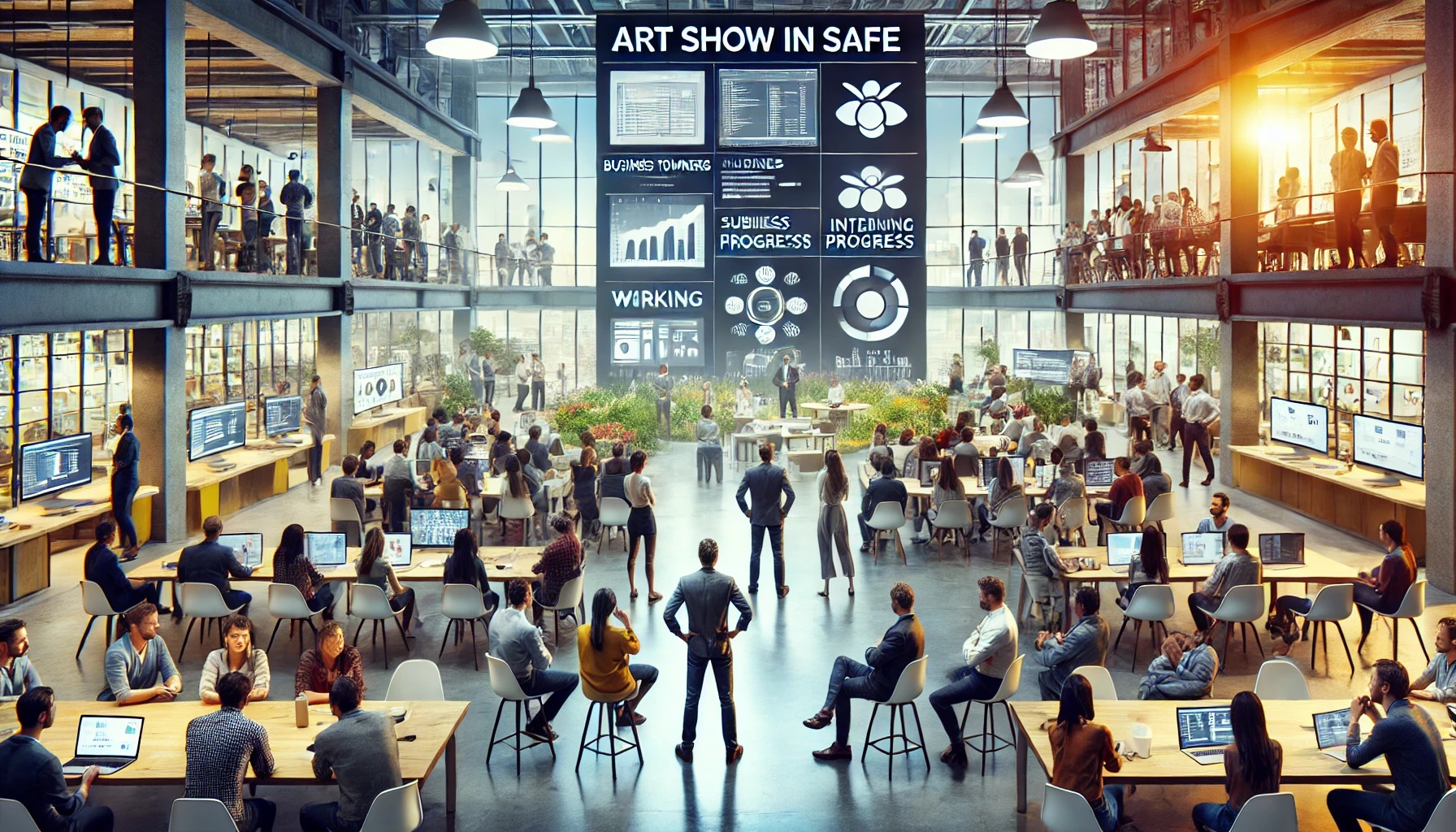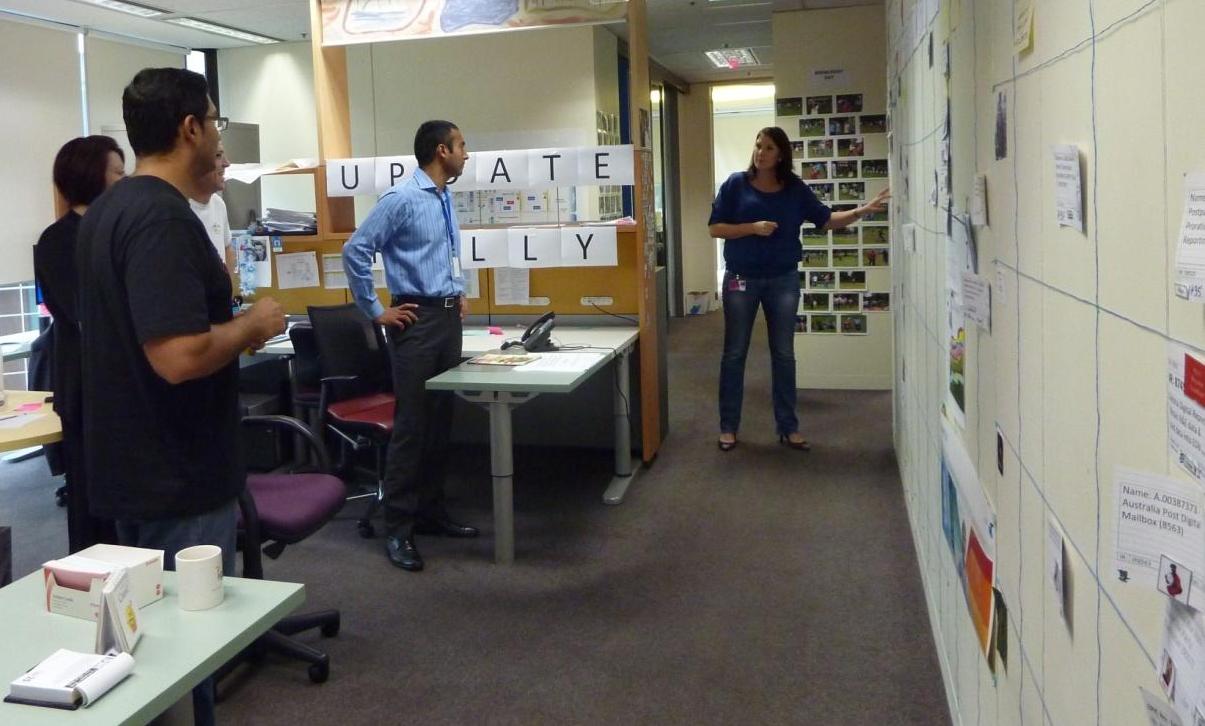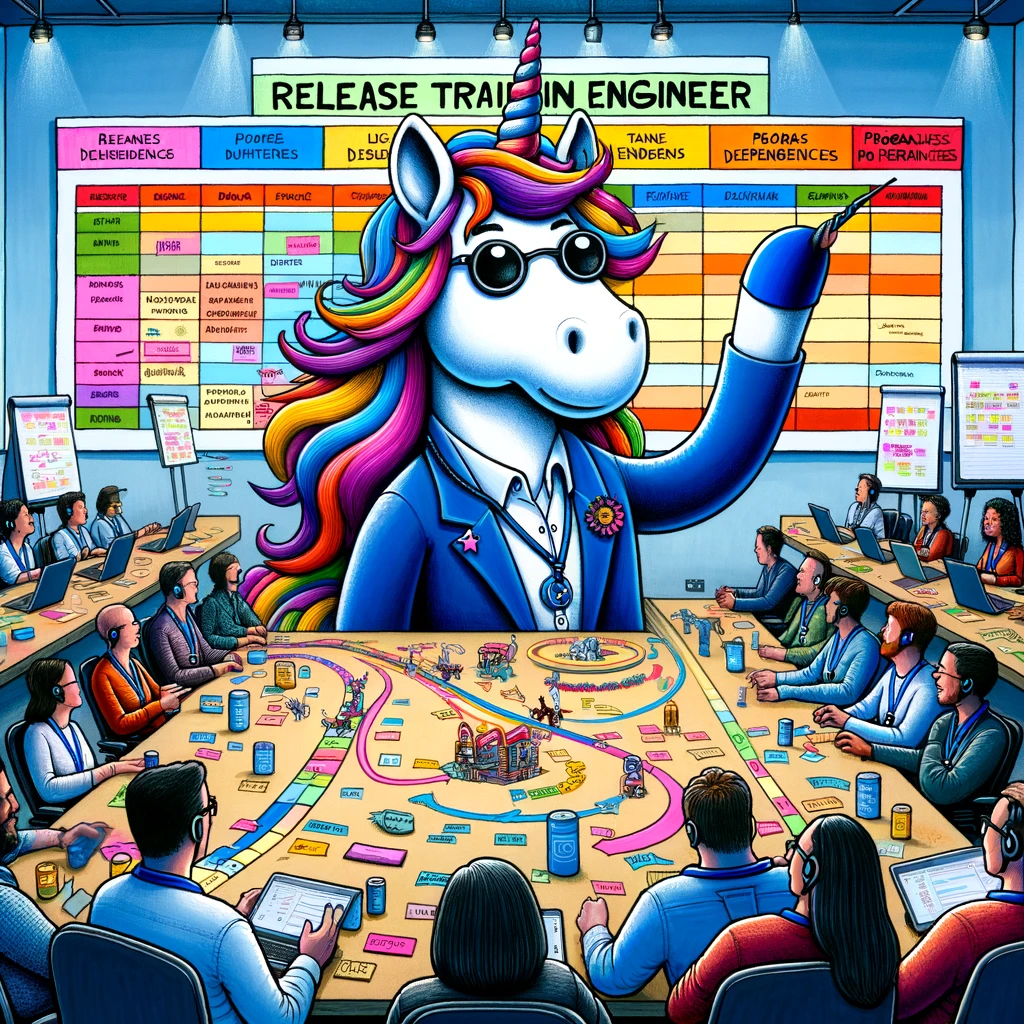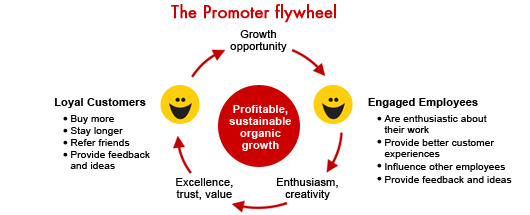- AI-Native Training
- SAFe Training
- Choose a Course
- Public Training Schedule
- SAFe Certifications
- Leading SAFe
- Implementing SAFe
- Advanced SAFe Practice Consultant
- Leading SAFe for Government
- SAFe Lean Portfolio Management
- SAFe Release Train Engineer
- SAFe for Hardware
- SAFe for Architects
- Agile Product Management
- SAFe Scrum Master
- Advanced Scrum Master
- SAFe DevOps
- SAFe Product Owner/Product Manager
- SAFe Agile Software Engineering
- SAFe for Teams
- SAFe Micro-credentials
- Agile HR Training
Iteration Reviews vs System Demos and what on earth is an ART Show?!
Teams applying Scrum in the Scaled Agile Framework (SAFe) typically hold an Iteration Review at the end of every iteration. SAFe also advocates for an Agile Release Train (ART) level end-of-iteration review called the System Demo.
Some team members tell us that they don’t see the point in doing both events as this is duplication. In some cases, this is due to a lack of understanding about the differences between the events. In other scenarios, the feedback is valid. Let’s unpack this.
Understanding the Iteration Review in SAFe
The Iteration Review in SAFe is inspired by the Sprint Review in Scrum. It is an individual team event held on the last day of the iteration. The scrum team hosts this event, which tends to be 30 to 60 minutes long and is attended by the individual team’s direct stakeholders.
In the Iteration Review, SAFe Agile teams typically conduct a story-by-story walk-through of the iteration outcomes. The intent is to gather feedback from team stakeholders and provide transparency regarding the work that was and was not completed during the iteration. Ideally, there will also be time to explore some “what if” scenarios ahead of the next iteration.
The agenda is usually something like:
- PI Objectives
- Review Iteration goals
- Demonstration of completed stories and working software
- Stakeholder feedback
- Review of backlog items that were not completed
- Risks & Issues
- Indicative backlog for the next iteration
Understanding the System Demo in SAFe
The System Demo, on the other hand, is a whole of ART event that takes place between the last day of this iteration and the first day of the next iteration. While sooner is better, the timing varies depending on the ease with which the ART can build an integrated demo. The System Demo is typically an hour in duration and hosted by either the RTE or Product Management. The attendees are usually the same people who attended PI Planning, i.e. the ART and its stakeholders.
The purpose is to demonstrate the progress of the ART, as a system, towards meeting its PI Objectives. This demo is intended to show the integrated outcomes completed by the teams on the ART during the last iteration. This is usually linked to PI Objectives and/or Features. I like to think of this as a highlight reel. In early iterations, teams may not have completed Objectives or Features, in which case they demonstrate progress towards those outcomes, with the expectation that they are presenting both complete and integrated stories.
The key benefit of a System Demo is how it mitigates risk. By demonstrating progress in an integrated environment that resembles production, the ART can provide proof that the complete system works, as opposed to “it works on my machine”. ;-)
If the ART backlog has features that were derived from epics, we often see the agenda structures by epic, which can provide a more cohesive narrative for the demo.
What do we do if we can’t provide an integrated System Demo every iteration?
If an integrated demo in every iteration is technically (or practically) challenging, you should consider investing in a System Team. This team’s mission is to help the teams on the ART with integration and build the enablers to make it easier for them to integrate their stories and features in the future. This usually means making improvements to the continuous delivery pipeline with DevOps and CI/CD.
In the interim, how frequently can you integrate? Even once a PI would be valuable while you build the capability to integrate more frequently.
In some scenarios, the cost of building an integrated staging environment just doesn’t make good economic sense. We recommend validating this assertion using the SAFe DevOps workshop to quantify the opportunity. If the business case still doesn’t stack up, we still think there is value in being able to demonstrate ART-level progress to the ART and ART stakeholders every iteration. We call this event the ART Show (rather than System Demo) so that it is not accidentally perceived as an integrated demo.
Does there always have to have to be an Iteration Review and a System Demo?
This has to be one of the most frequently asked questions we get from teams on Agile Release Trains. We see two scenarios in which both an Iteration Review and a System demo may not be needed.
-
In the scenario above, the ART does not have an integrated staging environment that closely resembles production and, therefore, cannot produce an integrated demo.
-
When the work is demonstrated to the ART stakeholders in the team’s iteration review, it is from an integrated environment that resembles production.
In both scenarios, the only differences between an Iteration Review and a System Demo would be the level of granularity and the stakeholders. The code base would be identical, either not at all integrated (scenario 1) or completely integrated (scenario).
Our alternative for these scenarios is a blended approach we call an ART Show.
What is an ART Show?
An ART Show is a combined Iteration Review and System Demo. This is a whole of ART event consisting of back-to-back iteration reviews on the last day of the iteration. Each team is given a twenty-to-thirty-minute window to demo against their PI Objectives. Where multiple teams are working on an Epic, it is common for these teams to provide an overall demo of the epic's progress.
As is the case with the System Demo, the audience is ART-level stakeholders, the people on the Agile Release Train, and the host is either the RTE or Product Management. Of course, there is an underlying assumption that the Product Owners have been progressively accepting stories throughout the iteration, so the purpose of this demo is to get feedback from the broader stakeholder base.
What are the Pros and Cons of an ART Show?
In our experience, ART shows are popular with Business Owners and stakeholders who are keen to understand the work spanning multiple teams. Also, subject matter experts who are trying to keep up with multiple teams! However, it does have some limitations.
If the catalyst for your ART Show is the inability to stage an integrated demo from a staging environment that resembles production, then the demos will likely not show integrated outcomes. This could lead to a false sense of progress. However, if the alternative is no ART level demo, then there is a lack of visibility of progress to key stakeholders; hence, we prefer to hold an ART Show.
The other challenge we have experienced with ART Shows is time. This can become a long event if every team is given 20 to 30 minutes to share. Especially for larger ARTs. This can result in less buy-in from stakeholders.
One mitigation is to provide a clear timeboxed agenda, so people know roughly when the items they are most interested in will be demoed. Grouping teams working on the same epic or supporting the same stakeholders can also help foster collaboration.
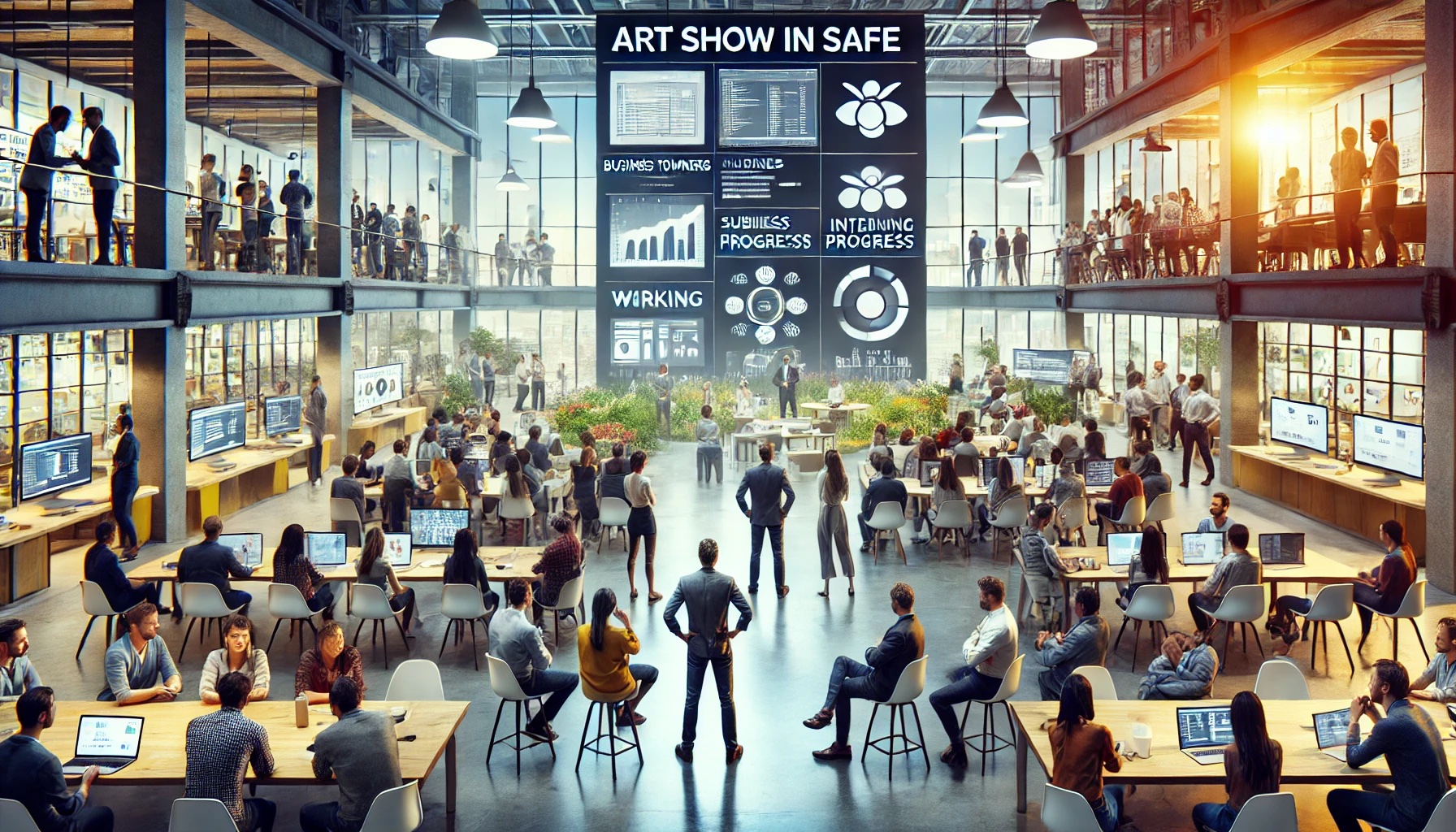
Where does the PI System Demo fit in?
If you have been paying close attention, you might have noticed there is also a PI System Demo. The PI System Demo is held at the end of the PI as part of the Inspect and Adapt event. I like to think of the PI System Demo as a celebration. Eight, ten to twelve weeks ago, the ART committed to delivering specific PI Objectives, and now let us show you all the awesome stuff we delivered!
If you have been holding a System Demo every fortnight, the PI System Demo might seem repetitive; however, that is not the intent. Unlike the iteration-based System Demo, the PI System demo covers all Features/PI Objectives delivered across the PI. The PI System Demo should either include time for the Business Owners to provide the Actual Value for each of the PI Objectives or share the outcome if this conversation has already been had between the business owners and the teams.
We would also expect the PI System Demo to attract a larger audience. For larger organisations, this might be the one demo your CXOs attend every PI. I have also worked with organisations that will hold this demo in an open area like a building atrium so anyone can learn about what the ART has delivered.
Balance the Benefits
Every SAFe event exists for a reason. Changing or eliminating SAFe events to suit a specific context is absolutely ok. However, before you start making changes, it is important to be clear about the purpose of each event and the value it provides.
The Iteration Review is your team's opportunity to showcase their work at a detailed level, gather valuable feedback, and ensure alignment with their direct stakeholders. On the other hand, the System Demo provides a broader perspective, offering a platform to demonstrate the integrated progress of the entire ART and engage with a wider audience. When the situation calls for it, the ART Show can be a practical alternative, blending the best of both worlds.
So, the next time you find yourself questioning the necessity of iteration reviews AND the System Demo, remember: It's not about duplication; it's about creating the right opportunities for feedback from stakeholders and alignment at the team and ART level. After all, success in SAFe is not just about doing things right—it's about doing the right things at the right time with the right people.





